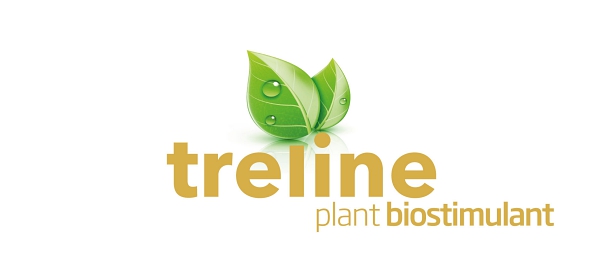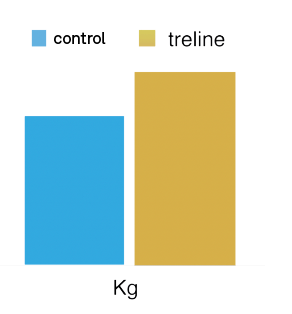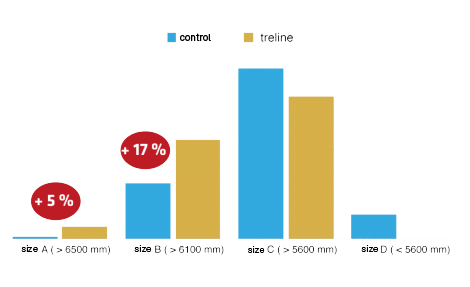
Biostimulant of the energy processes of the Krebs cycle responsible for the degradation of accumulated reserve substances for the formation of energy-rich molecules, such as ATP (adenosine triphosphate) and GTP (guanosine triphosphate), necessary to accelerate the initial development of shoots and provide the tree with a high foliar density in less time so that it can photosynthesize a greater number of photoassimilates.
It acts in the generation of the key substances and initiators of the Krebs cycle, such as acetyl coenzyme A and pyruvate: on the one hand, the L-cysteine that is provided in an assimilable form by the cells, once absorbed by the leaves, is degrades losing its amino group and causing pyruvate. On the other hand, vitamin B1 is an essential component of acetyl coenzyme A and is responsible for catalyzing the oxidation of pyruvate in the respiratory cycle.

→ Accelerates the vegetative growth of shoots
→ Enhances the development of leaves, increasing density and leaf area
→ Increase the photosynthetic rate
→ Increase the photoassimilates available to the fruit
→ Increase the size of the fruits
Stone and pip fruit trees
By foliar application at a rate of 150 – 200 grams per 100 liters of water, with a maximum of 2 kg per ha
→ First application when the shoots are between 2 – 3 cm long
→ Second application 7 days after the first.
Table grape
By foliar application at a rate of 200 grams per 100 liters of water
→ First application when shoots are 3 – 4 cm long
→ Second application 7 days after the first.

The application of treline as a biostimulant was evaluated to enhance the growth of shoots and its impact on the advancement and increase of production, as well as the increase in size in the first harvest in cultivation of extra-early nectarine, variety N2-20 (Flanoba) of 4 year old.
→ Control
→ Treline: first application at 0.15% with sprouts between 2 and 3 cm; second application at 0.15% 7 days after the first

With two applications of treline, a production increase between 14 and 23% is achieved in the first harvest pass.

Increase of 5% of fruits of size A and 17% of fruits of size B